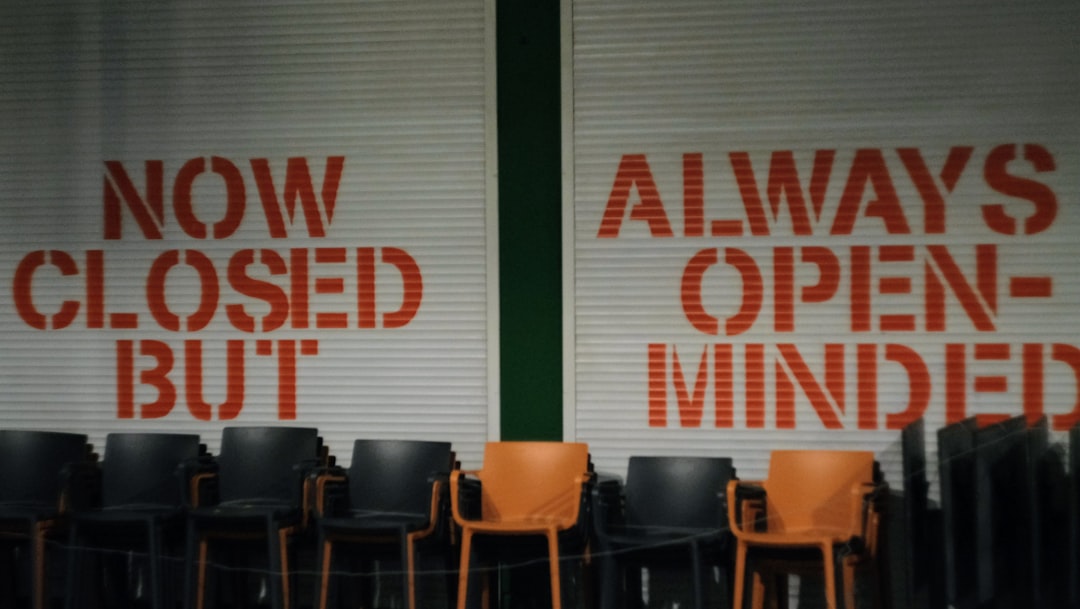What is it about?
Much evidence supports that having more nurses leads to better patient outcomes. However, why is nurse staffing still lacking in practice? The crux of the matter resides in the lack of a scientific body of knowledge on the optimum level of nurse staffing—specifically, the number of nurses, nursing care hours or the composition of nurse staffing—to satisfy all three parties: i.e., nurses, patients and hospitals (or stakeholders). To address the research gap, this paper proposed a new theory pinpointing the optimal nurse staffing threshold delivering the maximum quality of care relative to attendant costs in home healthcare, so-called "Park's Optimized Nurse Staffing (Sweet Spot) Estimation Theory."
Featured Image
Why is it important?
The realizable solution for nursing shortage is not situated in traditional statistics-based nursing research, but in synthesizing Decision Science and incorporating Mathematical Economics and Operations Research into nursing science (Park, 2017). The multidisciplinary consilience can provide feasible solution(s)—not simply right answer(s)—to the important and yet unanswered question: i.e., balancing quality, cost and nurse staffing in the continuum of changes for better nursing workforce practice and policy-making (Park, 2017).
Perspectives
I believe that the solution resides in "creating shared value" among parties through "balancing quality, cost, and nurse staffing in the continuum of changes," which will lead to better nursing workforce practice and policy-making.
Ms Claire Su-Yeon Park
Center for Econometric Optimization in the Nursing Workforce
Read the Original
This page is a summary of: Optimizing staffing, quality, and cost in home healthcare nursing: theory synthesis, Journal of Advanced Nursing, May 2017, Wiley,
DOI: 10.1111/jan.13284.
You can read the full text:
Contributors
The following have contributed to this page










